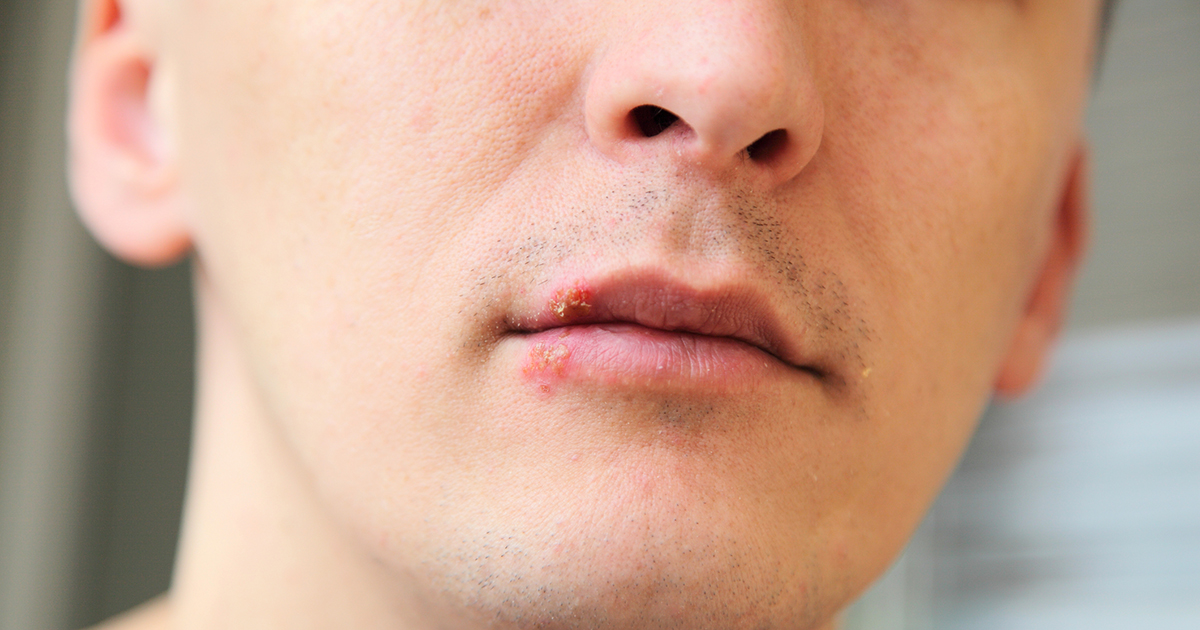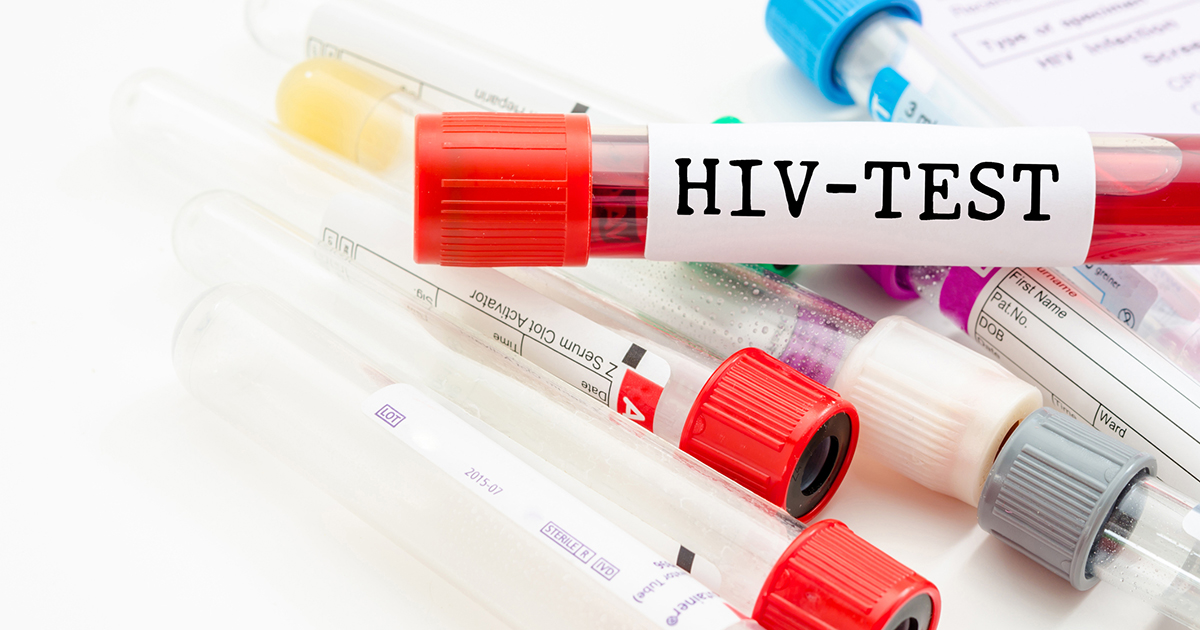Causes And Risk Factors Of Kaposi's Sarcoma
Cancerous cells can rapidly grow in any part of the body, and with Kaposi's Sarcoma, cancer begins in the blood vessels or lymph nodes. It becomes visible in the form of skin tumors or mucus-containing areas, and can also grow in the digestive tract and lungs. When you come into contact with Kaposi sarcoma-associated herpes virus (KSHV), your endothelial cells become infected. While the herpes virus is the primary cause for Kaposi's sarcoma, there are risk factors associated with the virus, including human immunodeficiency virus (HIV), a weakened immune system, gender, and other at-risk groups.
Herpes Virus

Kaposi sarcoma-associated herpes virus resides in the same family as the Epstein-Barr Virus (EBV), which is the virus that leads to mononucleosis. KSHV is primarily transmitted through saliva, blood transfusions, and organ transplants. KSHV accounts for all the forms of Kaposi's sarcoma, of which there are four types (classic Kaposi's sarcoma, endemic Kaposi's sarcoma, immunosuppression-associated Kaposi's sarcoma, and AIDS-associated Kaposi's sarcoma). This virus causes cells to divide too frequently and have elongated lifespans because it introduces genes into these cells. Some of these genes have been known to create new blood vessels in endothelial cells and result in inflammation and the development into cancerous cells.
Continue for the next cause and risk factor on this list.
HIV

Those with human immunodeficiency virus are especially at risk for developing Kaposi's sarcoma, and in fact, they are much more likely to develop it than the rest of the population. HIV is known to spread through the passing of saliva, which can include oral sex, kissing, and using saliva as a lubricant during sex. There are currently fewer cases of Kaposi's sarcoma in those with human immunodeficiency virus due to advances in treatment for the virus made in the 1990s. However, people with the virus who have a CD4 count below two hundred are at the greatest risk for developing Kaposi's sarcoma and will most likely battle this illness in one of its more serious forms.
Continue for another risk factor of Kaposi's sarcoma.
